Natural colours
TURMERIC
E-CODE: E100
Curcumin is the main pigment of the turmeric (indian saffron) spice obtained from the rhizomes of the plant called Curcuma Longa. Curcumin is found in Indian saffron or curry spices and has been a part of our diets for years. Curcumin gives foods an intense yellow color and is available in both fat-soluble and water-soluble varieties. Curcumin is very heat stable and can be used generally in food products with a pH in the acidic direction. Above 100 ppm, it is sensitive to sulfur dioxide and not lightfast.
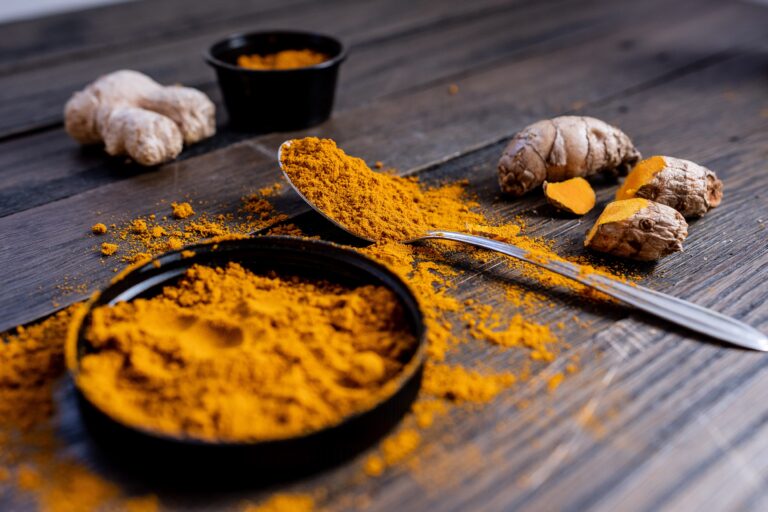
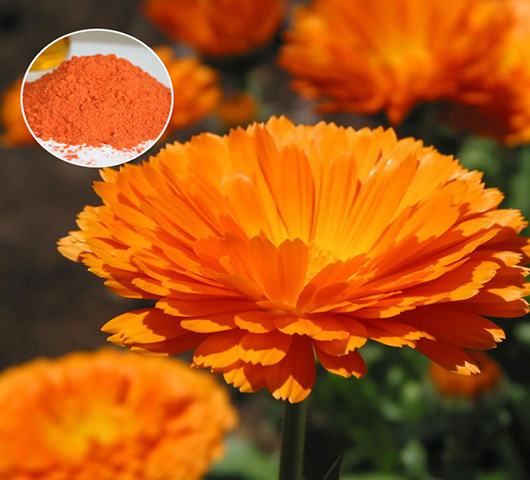
lUTEIN
Lutein is a natural colorant of the carotenoid group. The word lutein comes from the Latin root lutea (yellow). It can be obtained naturally from the plant Tagetas erecta. It is not synthesized in the body. Lutein, as a color pigment, gives foods a bright yellow color. Because it absorbs blue light, it appears yellow to the eye at low doses and red-orange at high doses. lutein; It is a stable pigment of natural origin that can give color in the yellow-orange color range. Lutein, which is found in many fruits and vegetables, has a limitation in its use in some food products according to the Turkish Food Codex. It is a stable pigment that maintains its color stability in variable parameters such as heat, light and pH. Area of use of lutein in the food industry: Confectionery products, milk and dairy products, beverage products, bakery products, etc.
annato
E Code: E160b
Annatto is obtained from the seeds of a tropical tree called Bixa orellana . Bixin is fat soluble, while norbixin is water soluble. Both pigments in the carotenoid class are sensitive to light and oxygen. Therefore, in some cases, sensitive products can be protected with the help of ascorbic acid. Besides the food industry, Annatto is preferred intensely in the pharmaceutical industry (tablets) and cosmetics industry (hair care and skin care products, blushes and creams) as it is a natural colorant
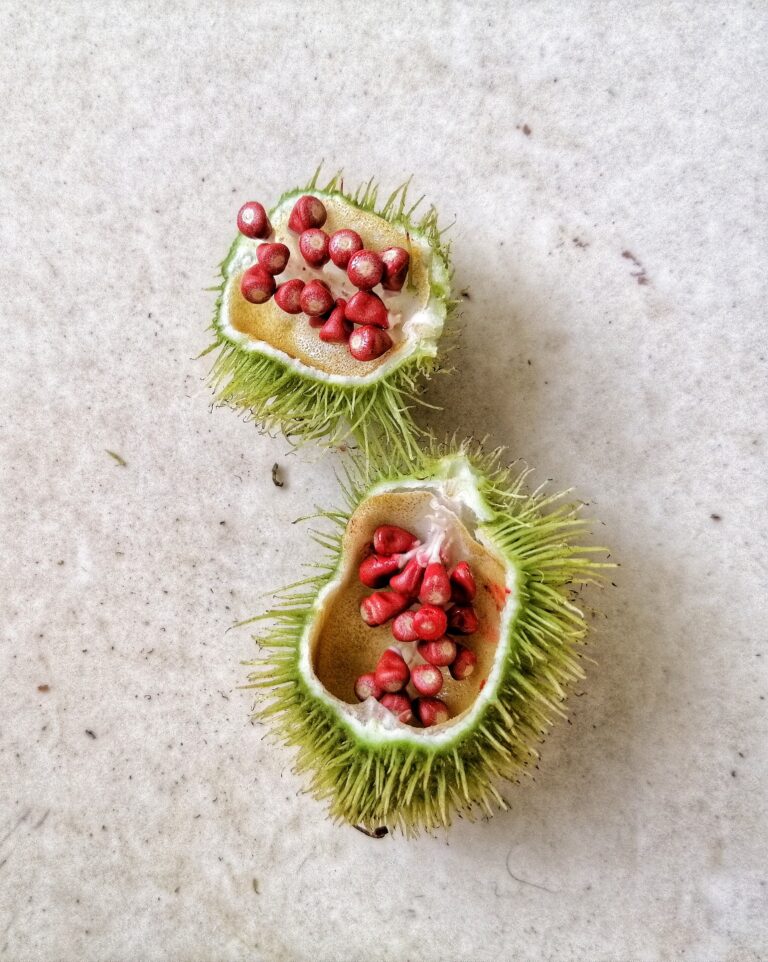
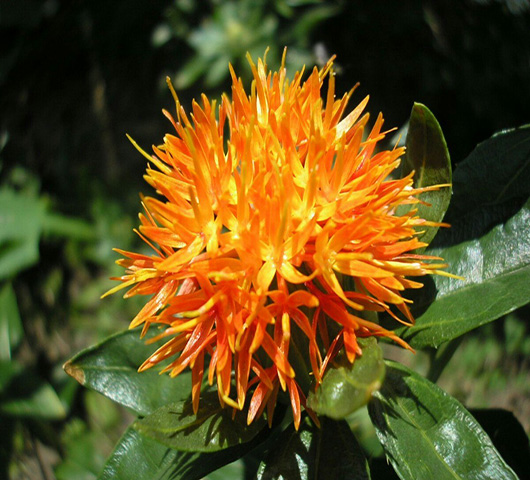
safflower
Safflower is obtained by extraction of the flower of Carthamus tinctoris. It is preferred because it is a plant-based colored food without an E code. Safflower flower is used in food, medicine, cosmetics, etc. used in industrial areas. It is listed as P (positive) in the Turkish Food Codex (TGK) plant list. In other words, it does not carry any safety risk in terms of human health. Common usage areas in the food industry; non-alcoholic flavored beverage, dairy products, confectionery and bakery products. According to the TGK, there is no limit on its use.
beta carotene
E Code: E160a (i) (ii) (iii)
Beta carotene, which is used extensively in the food and beverage industries, is one of the most well-known types of carotenes. Beta Carotene is obtained from various vegetables such as carrots and is a pigment with both fat-soluble and water-soluble varieties. In addition to its coloring properties, this pigment is the precursor of vitamin A and is a powerful antioxidant and free radical. It is highly resistant to heat, pH and sulfur dioxide. If it is protected with ascorbic acid, it becomes resistant to light and oxygen. Beta carotene is a natural pigment that gives an orange color. Beta carotene is a group of carotenoids and is the precursor of vitamin A. It is converted into vitamin A when needed in the body. Beta carotene sources; fruits; melon, peach, apricot, vegetables; orange carrots and some types of mushrooms. They are also used in functional foods due to their antioxidant properties. According to the Turkish Food Codex, there is no restriction on its use. It is a stable pigment that maintains its color stability in variable parameters such as heat, light and pH. Uses of beta carotene in the food industry: Confectionery products, beverage products, bakery products, processed cheese, butter and clarified butter obtained from cow’s milk, dried fruits and vegetables, fruits and vegetables in vinegar-oil-brine, fruit and vegetable preparations, breakfast cereals It is used in products such as processed meat, processed fish and seafood, spreadable oils and margarine.
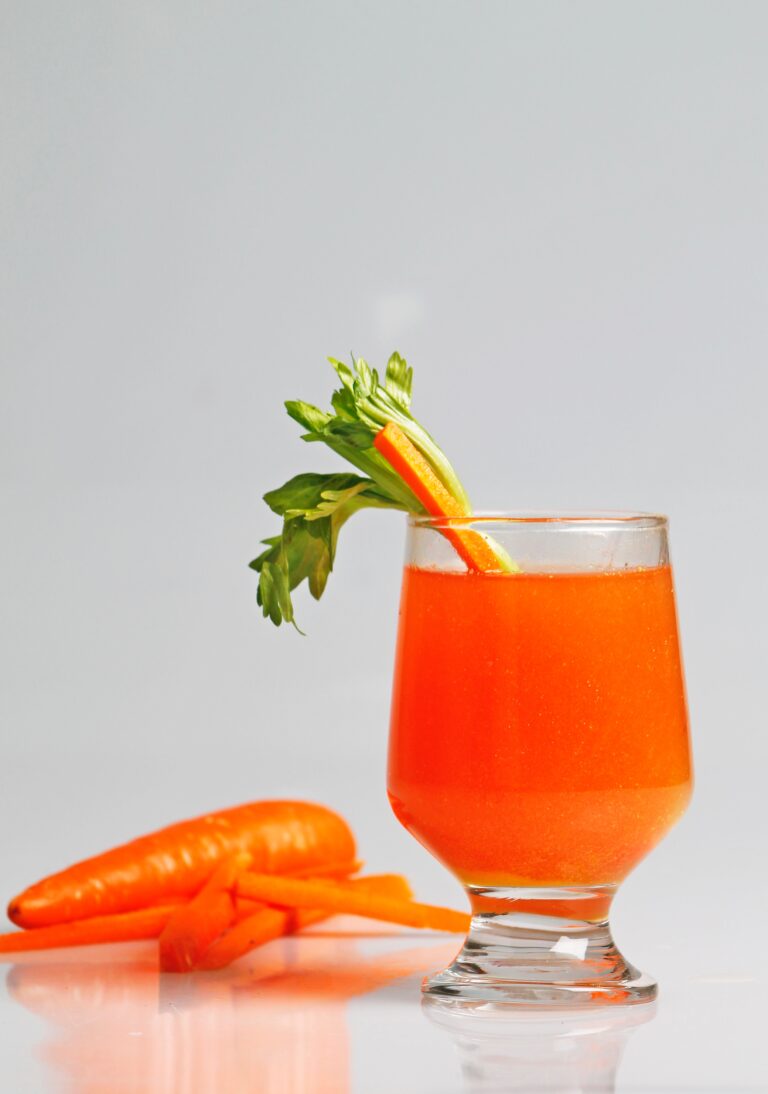
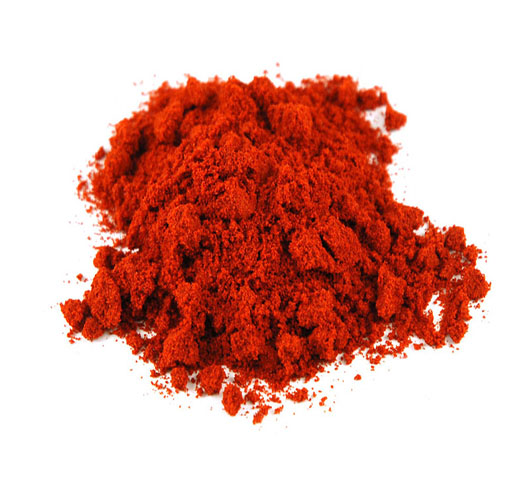
Paprika
Paprika is obtained from the red sweet pepper called Capsicum annuum . Paprika oleoresin is obtained by extracting red sweet peppers with the help of solvent. There are basically two different pigments in paprika oleoresin. Capsanthine and capsorubin. Both pigments are oil-soluble and give an intense orange-red hue depending on the proportions in which they are used. When used for color purposes, paprika extracts also give the product a spicy taste and aroma, so they are used extensively in cookies, sauces and seasonings. These pigments are not affected by pH changes, they are also resistant to heat. However, they are sensitive to oxidation. There are liquid and powder forms of paprika, either oil-soluble or water-soluble.
red beet
Beet root red is obtained from the beets we eat on our tables. Latin for these beets is beta vulgaris ruba name is given. Beets are used as a colorant by being concentrated after cleaning and extracting the juice. Beetroot red contains two pigments called betanin (75-95%) and vulgaxanthin (5-25%). The pigment that gives color to the red beet root plant is betanin. It is a natural pigment that gives its red-pink color. Some sources of betanin in nature; are plants such as red beets, some types of mushrooms, and bougainvillea. According to the Turkish Food Codex, there is no limitation in its use. The pH range where betanins are most stable is 4-6. They maintain their color stability for 14 minutes at 100°C temperatures in this pH range. Uses of betanins in the food industry: Confectionery products, bakery products, milk and dairy products, beverage products, chocolate fillings, breakfast cereals
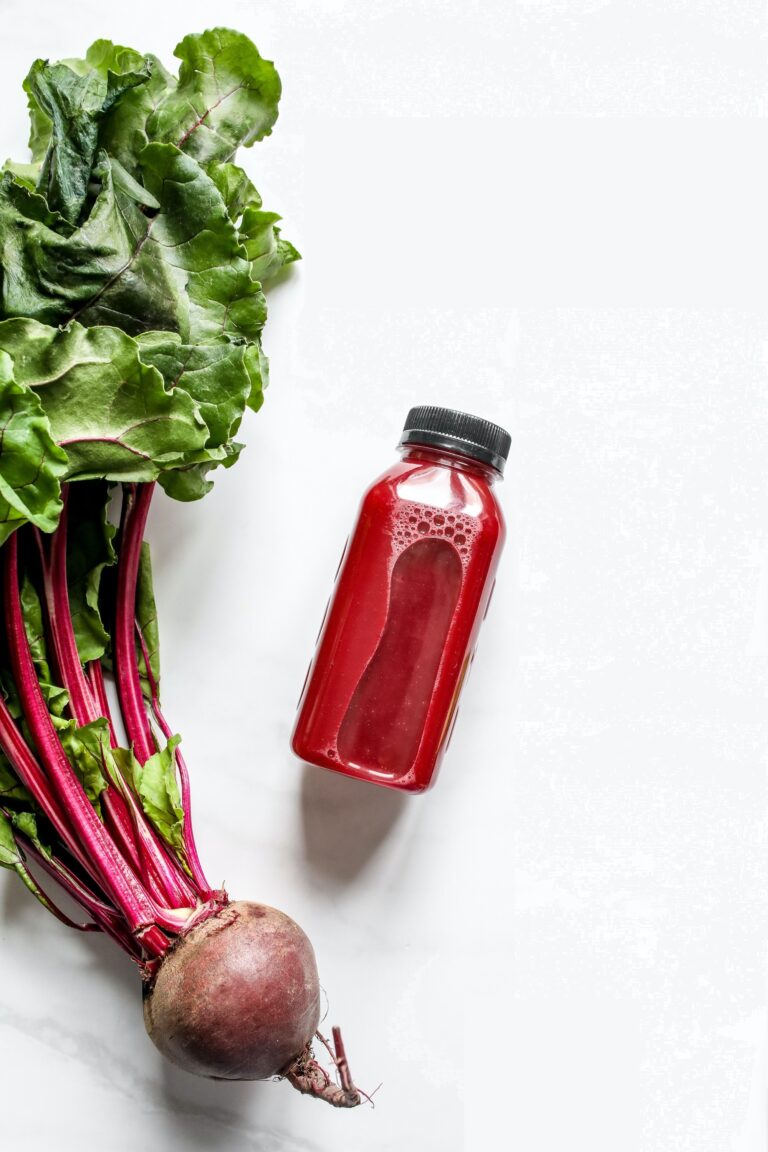
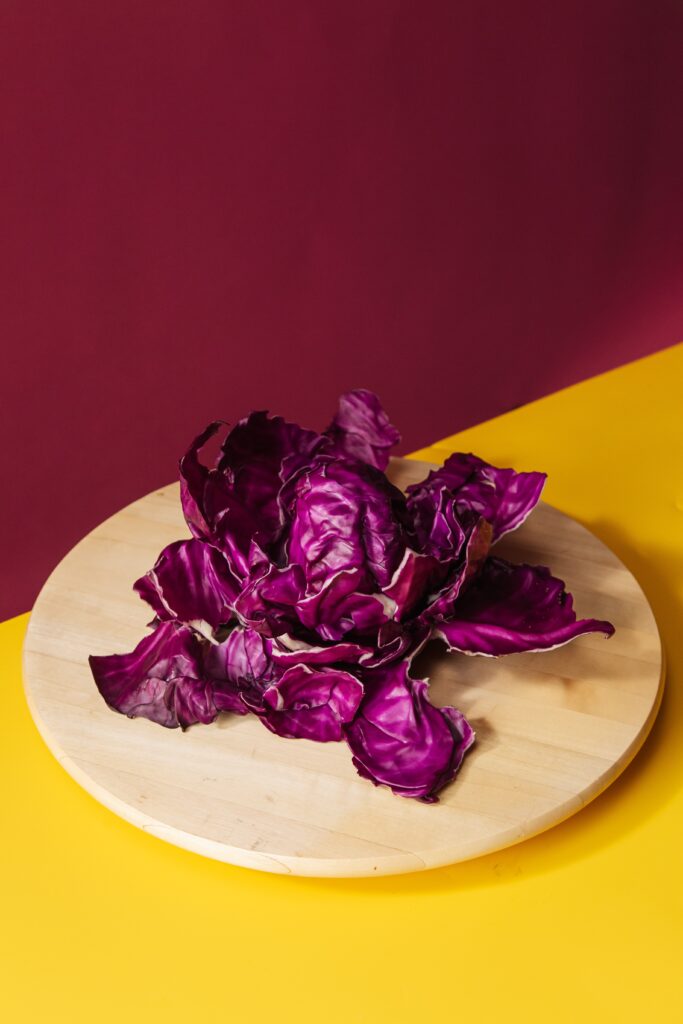
Anthocyanins
Anthocyanins are pigments that dissolve well in water and give many fruits, vegetables and flowers their impressive blue, red and purple colors. Today, over 200 different anthocyanin sources have been found in the world. The color of most anthocyanins changes as an indicator depending on the pH of the medium. It turns purple-red at low pH values, and green-blue at higher pH values. The colors of anthocyanins depend on the pH value of the environment, as the pH rises, the color weakens. The pigment that gives color to the black carrot plant is anthocyanin. It is a natural pigment that gives its red color in acidic environments. Anthocyanins change color according to the pH value of the environment. It turns red in pH<5 environments, purple in neutral pH values, and blue in pH>9 environments. Some anthocyanin sources in nature; red grape skin, purple sweet potato, elderberry, red radish is red cabbage. According to the Turkish Food Codex, there is no limitation in its use. Anthocyanins are used in the food industry to give a red color. They are also used in functional foods due to their antioxidant properties. Usage area of anthocyanins in the food industry: It is used in products such as confectionery products, milk and dairy products, beverage products, fruit fillings, dried red fruits, some canned foods, jam, jelly, marmalade, breakfast cereals, processed fish and seafood, fruit and vegetable preparations.